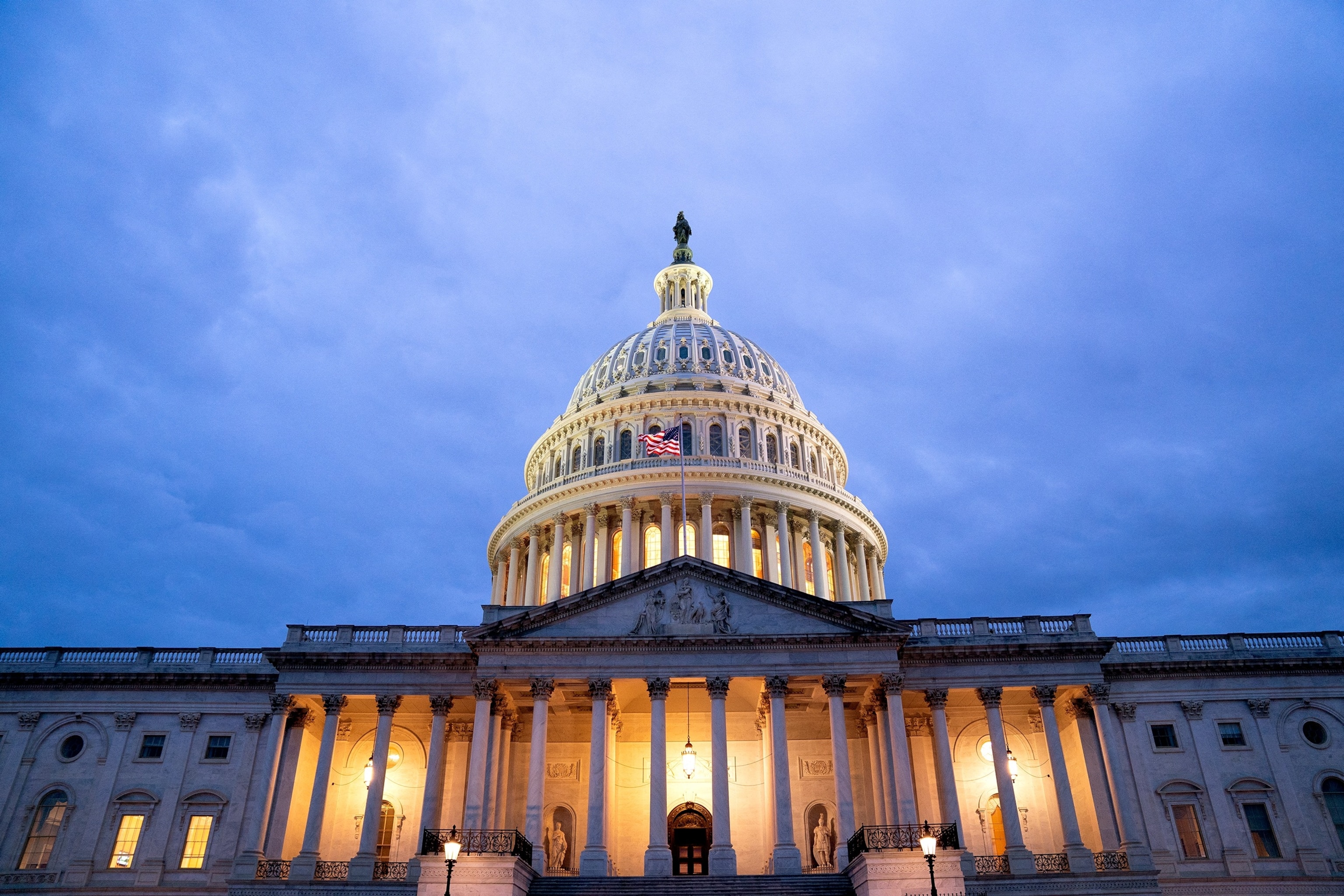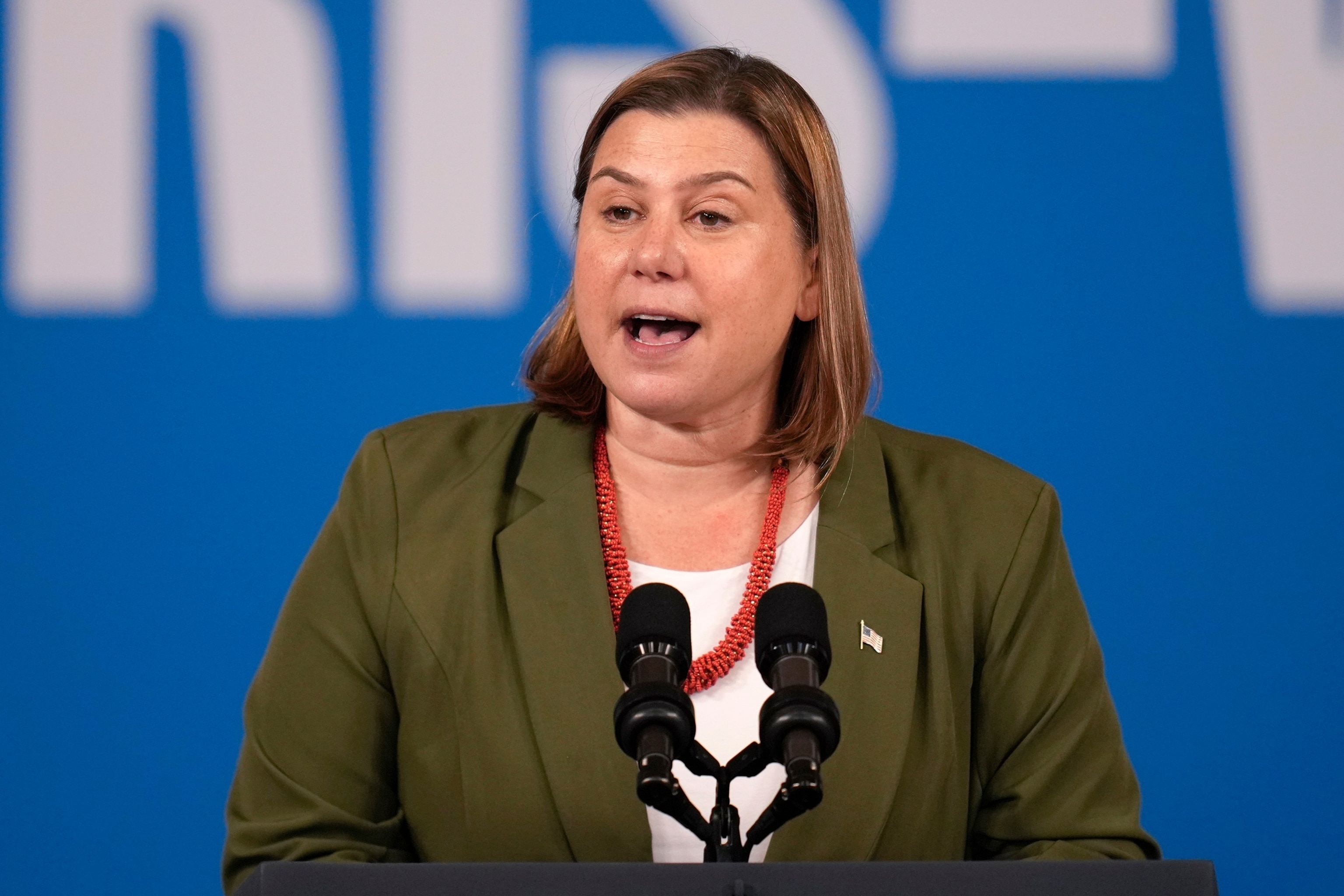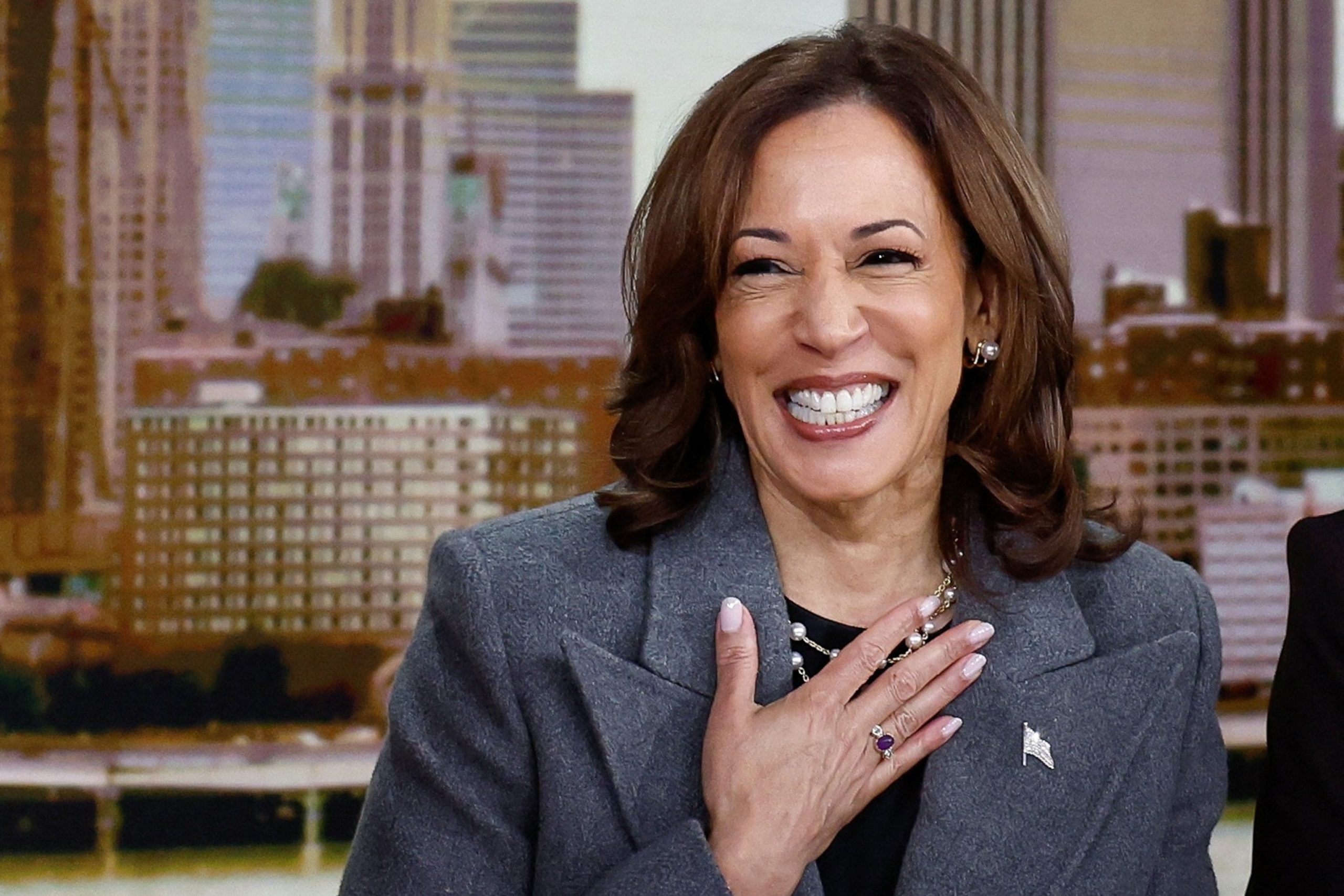Heading into the 2024 cycle, Republicans saw a Senate map offering flip opportunities in eight red and purple states as a seemingly once-in-a-decade opportunity.
Now, Republicans and Democrats are fighting over a smaller battlefield chiefly focused on two Democratic-held red-state seats in Montana and Ohio. And while Senate races in Arizona, Michigan, Nevada, Pennsylvania and Wisconsin essentially remain coin flips, they’re discussed in Washington and elsewhere as belonging to a second tier, while GOP-held seats in Florida and Texas are becoming the focus of increased spending.
To be certain, Republicans are still favored by most prognosticators to take the Senate this year, but even some GOP operatives conceded that aspirations of a tidal wave election may not be within their grasp. Meanwhile, Democrats are boasting at the strength of their incumbents while still admitting that their Senate majority depends on a slate of incumbents living on the political knife’s edge.
“It seems to me that the map is starting to narrow a little bit,” said one Democrat working on a purple-state Senate race. “As it has been through the entire cycle, Democrats are just playing more defense than the Republican side, but the fact that we’re in as strong as a position as we are in all of the core battleground states, I think, tells you something about how strong the incumbent class is this cycle.”
“There is a sense of relief that the Senate map could have gone much worse,” the person added, “considering the states that are in play.”
Strategists in both parties told ABC News it’s still possible that Republicans can run the table and attain a majority as big as 55 seats — but they’re not betting on it.
Most experts predict Republicans will be able to win enough races to clinch at least a narrow majority this November.

The U.S. Capitol seen on April 29, 2021, in Washington, DC.
Stefani Reynolds/AFP via Getty Images
But polling averages from 538 show Democrats with an edge in every defensive race outside of West Virginia and Montana, where Democratic Sen. Jon Tester is trailing GOP nominee Tim Sheehy by over 4 points. Republican incumbents are also up in Florida, Nebraska and Texas by just 4, 3 and 3 points, respectively, and the candidates themselves and GOP campaign arms have begun spending money for ads playing defense there.
Most spending from outside groups has taken place in Ohio, Montana and Pennsylvania, where Democratic Sen. Bob Casey is running against Dave McCormick.
“The spending and the amount of spending in the states speaks to where the focus is,” said one GOP strategist working on Senate races.
When asked what margin they’re predicting in the next Senate, the strategist said they’re predicting a 52-seat GOP majority, saying, “no pun intended, I’m just conservative on this one.”
“Montana is looking very good, and Ohio is looking a lot better, so that’s 52. Just like the presidential, everything else is just a pure toss-up,” they said.
Democrats’ strong footing on a tough landscape is fueled largely by battle-hardened incumbents who boast unique brands partially detached from national politics and strong fundraising abilities honed by years of fighting for their political lives in tight states.
In open-seat races, Democrats have also prioritized candidates with national security experience like Reps. Elissa Slotkin in Michigan and Ruben Gallego in Arizona, and across the board, they’ve boosted outreach to key constituency groups, including amplifying Spanish-language advertising to try to offset a drop in Latino support at the top of the ticket.

Rep. Elissa Slotkin speaks at a campaign event in Detroit, Sept. 2, 2024.
Paul Sancya/AP
Republicans, meanwhile, recruited wealthy opponents in the hopes that they could help offset any financial disparities with the well-heeled Democrats. However, some of them bring tenuous ties to their states, such as Republican nominees in Montana, Pennsylvania and Wisconsin, and at a precarious time when GOP contenders are seeking to boost their name recognition, they’ve sometimes stumbled on key issues like abortion.
Bernie Moreno, the Republican Senate nominee in Ohio looking to unseat Sen. Sherrod Brown, recently said it’s “a little crazy” that women over 50 care about abortion, saying, “I’m thinking to myself, ‘I don’t think that’s an issue for you.'” And Sheehy said in recently unearthed audio that young people have been “indoctrinated” on abortion and that the position on the issue of the “American Democrat Party” is “murder.”

Montana Republican Senate candidate Tim Sheehy walks up to the stage during a rally for Republican presidential nominee, former U.S. President Donald Trump, Aug. 9, 2024, in Bozeman, Montana.
Michael Ciaglo/Getty Images
“It was a pretty good map to start. I think for the most part, we’re competitive in a lot of these races, but it’s not easy to beat incumbent U.S. senators,” said a second Republican operative working on Senate races. “Certainly, Republicans are not going to run the table, but I can see 52 right now.”
Since the start of the cycle, Republicans have sought to pump the breaks on high expectations, predicting future Senate margins well below the GOP’s ceiling.
Sen. Steve Daines, R-Mont., the chair of Senate Republicans’ campaign arm, telling reporters in May that he predicted the GOP would win 51 Senate seats “because that gives us the majority,” and one Senate GOP aide told ABC News they were predicting winning 52 seats but that “if I’m wrong, I’m going to be really happy to be wrong, because it’s going to be 55.”
“Most of our offensive Senate races are toss ups right now. Our goal this cycle was to recruit candidates who could win a primary and close the deal in November. We like the roster of candidates we’ve got on the field,” said National Republican Senatorial Committee spokesperson Mike Berg.
Still, Republicans remain in the catbird seat. A yawning majority is still within reach, given that every purple state race is competitive. Just Tuesday, the nonpartisan Cook Political Report moved the Wisconsin Senate race from “lean Democratic” to “toss up.”
And if the goal is just a majority, which would give Republicans a major boost in their power in Washington regardless of their margin, Republicans wouldn’t need any kind of extra boost from the top of the ticket, instead just leaning on GOP voters to show up to the polls.
“If Republicans can get to 52, that’s a pretty reasonable result, and that can be done without any sort of red wave,” said the second Republican operative working on Senate races. “I think if Harris wins, probably that means that the House is gone for sure, but Republicans can still win the Senate with a Harris victory, and that’s a big deal.”
But for Democrats, not all losses are created equal — they would know.
Democrats ceded a net of nine Senate seats in 2014 and were unable to come back to win a majority again until 2020, even then overcoming daunting odds to flip two Senate seats in Georgia.
This year, keeping the Senate’s margin narrow, even if they fall into the chamber’s minority, could be key to staying in the game in 2026, when Senate Democrats will have to defend fewer seats and fight for pickup opportunities in Maine and North Carolina.
“It’s the worst map in a decade, and yet, state by state, we’re holding our own,” said one Democratic strategist working on Senate races.
“If for some reason, we were to go down 52-48 … it’s certainly easier to come back than if you’re down 55-45,” the person said. “When we lost a bunch of seats in 2014, we thought we had a real shot in 2016, we won a seat, but we weren’t able to get there. We weren’t able to get it back in ’18 either. So, holding down the margins is obviously ideal.”
As the highly anticipated Senate runoff elections in Georgia draw near, experts are closely watching the race as control of the Senate hangs in the balance. With Democrats needing to win both seats in order to gain control of the Senate, many believe that the party is in a favorable position heading into the January 5th election.
One key factor working in favor of the Democrats is the high voter turnout seen during the November general election. In both races, Democratic candidates Jon Ossoff and Raphael Warnock received more votes than their Republican opponents, David Perdue and Kelly Loeffler, respectively. This indicates a strong base of support for the Democratic candidates and suggests that they have a good chance of winning in the runoff elections.
Additionally, recent polling data has shown a tight race between the two parties, with both races being considered toss-ups. However, Democrats have been able to maintain a slight lead in some polls, giving them an edge going into the final stretch of the campaign. This, combined with the momentum gained from the general election results, has bolstered confidence among Democratic supporters and strategists.
Furthermore, the political climate in Georgia has been shifting in favor of Democrats in recent years. The state went blue for the first time in a presidential election since 1992, with President-elect Joe Biden narrowly winning over President Trump. This shift towards a more purple state has given Democrats hope that they can also secure victories in the Senate runoff elections.
In terms of fundraising, Democrats have also outpaced their Republican counterparts, raising millions of dollars in campaign contributions. This financial advantage has allowed them to invest in voter outreach efforts and advertising campaigns, which could help sway undecided voters and mobilize their base on election day.
Overall, experts believe that Democrats are in a strong position as Senate control hinges on the outcome of the Georgia runoff elections. With high voter turnout, polling data in their favor, a shifting political landscape, and a fundraising advantage, Democrats have a real chance of flipping the Senate and gaining control of Congress. However, with the races being so close, it will ultimately come down to voter turnout and mobilization efforts in these crucial final days leading up to January 5th.



